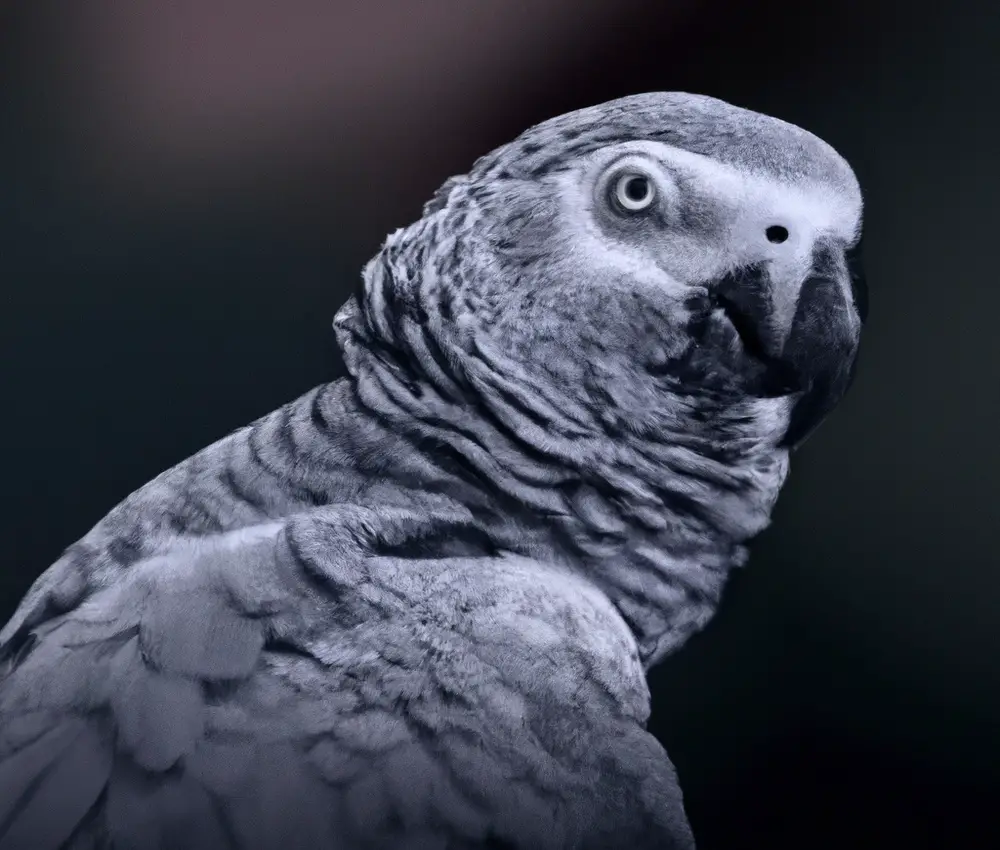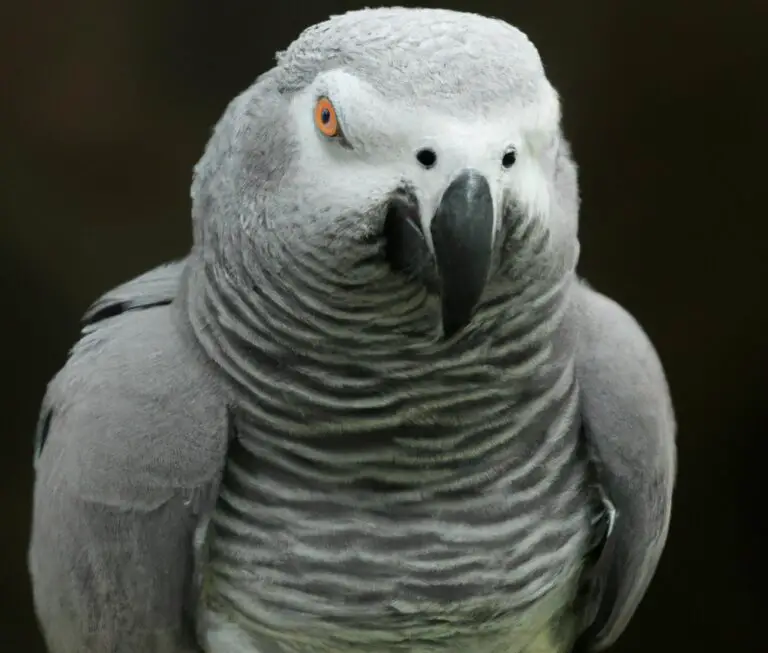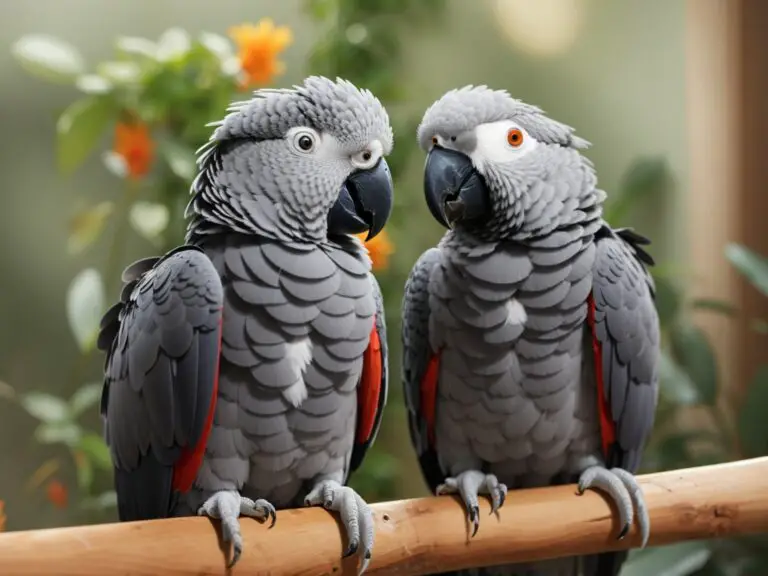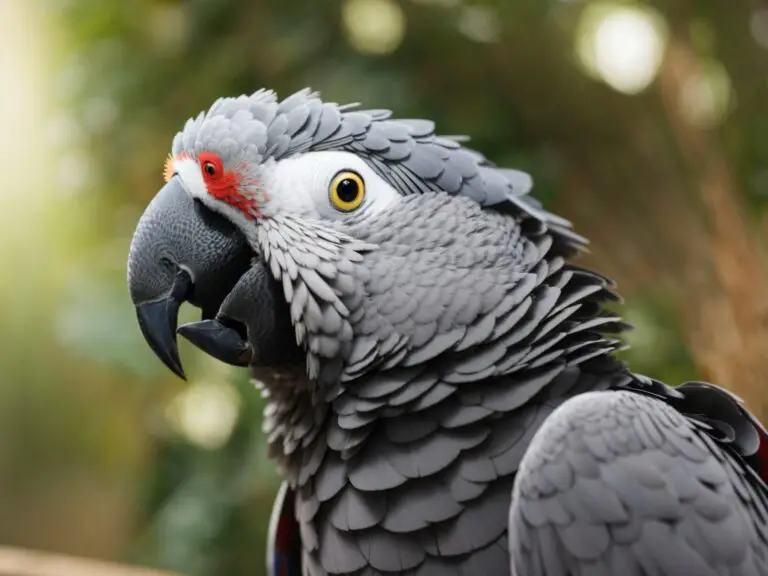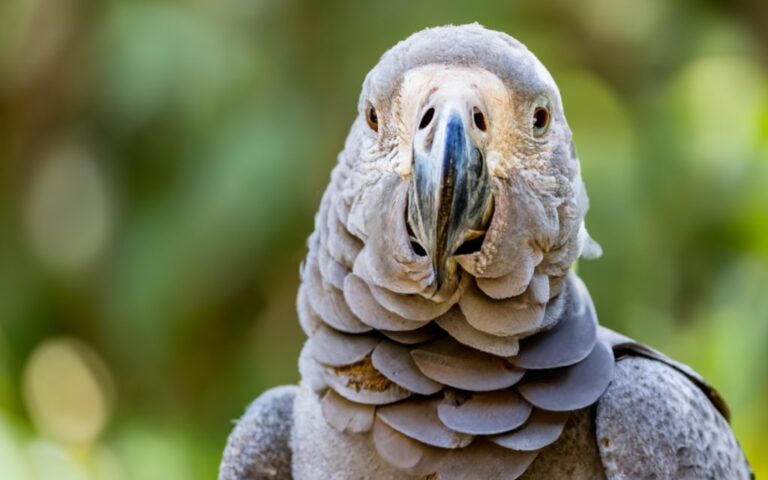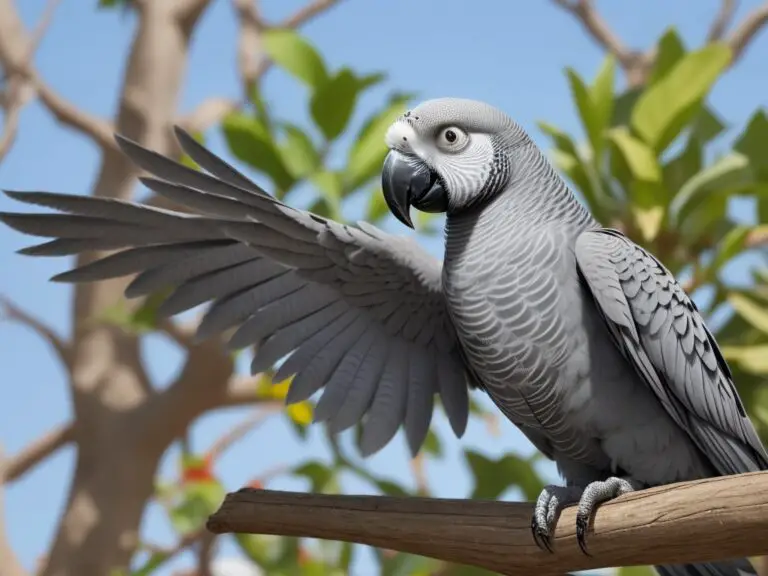How Do I Teach My African Grey Parrot New Tricks?
Key Takeaways:
- Positive reinforcement is crucial for teaching your African Grey Parrot new tricks.
- Consistency and patience are key when training your parrot.
- Break down the trick into small, manageable steps for easier learning.
- Use rewards such as treats or praise to motivate and reinforce desired behavior.
Have you ever wondered if your African Grey Parrot is capable of learning new tricks? Well, let me tell you, these incredible creatures are not only intelligent, but they also thrive on mental stimulation.
Teaching them new tricks can be a rewarding and enriching experience for both you and your feathery friend.
In this article, I’ll share the secrets of how to create a positive learning environment, the essential training tools you’ll need, and effective techniques for teaching your African Grey Parrot a variety of tricks. Get ready to unlock the hidden potential of your parrot’s intelligence!
| Step | Description |
| 1 | Establish a bond with your parrot by spending quality time together and providing treats as positive reinforcement. |
| 2 | Start with simple tricks such as target training to get your parrot comfortable with learning. |
| 3 | Use a clicker or verbal cue to mark desired behaviors and follow up with treats or rewards. |
| 4 | Break down complex tricks into smaller steps, rewarding your parrot for each successful progression. |
| 5 | Be patient and consistent in your training, avoiding frustration and negative reinforcement. |
| 6 | Practice regularly in short sessions to keep your parrot engaged and motivated. |
| 7 | Gradually increase the difficulty of tricks as your parrot becomes more proficient. |
| 8 | Monitor your parrot’s progress and adjust your training techniques as needed. |
| 9 | Have fun and enjoy the process of teaching your African Grey Parrot new tricks! |
Why African Grey Parrots are Great at Learning Tricks
African Grey Parrots excel at learning tricks due to their high intelligence and ability to mimic and understand human speech.
The Intelligence of African Grey Parrots
African Grey Parrots are highly intelligent birds.
They have impressive problem-solving abilities and can learn complex tasks.
Their ability to mimic sounds and voices has made them famous.
African Grey Parrots have shown remarkable cognitive skills, making them one of the smartest bird species.
The Importance of Mental Stimulation for African Grey Parrots
African Grey Parrots are highly intelligent and social creatures that require mental stimulation to thrive.
Mental stimulation keeps them engaged, prevents boredom, and enhances their overall well-being.
It helps to prevent behavioral issues such as feather plucking and excessive screaming.
Providing mental stimulation through interactive toys, puzzles, training sessions, and social interaction is essential for their mental and emotional health.
How African Grey Parrots Learn
African Grey Parrots learn through their natural intelligence and curiosity. They are quick learners and can understand and mimic human speech.
By providing them with mental stimulation, positive reinforcement, and step-by-step training, you can easily teach them new tricks.
Their ability to learn is enhanced by their strong memory and observational skills. So, be patient, consistent, and use reward-based training techniques to help them learn and excel at tricks.
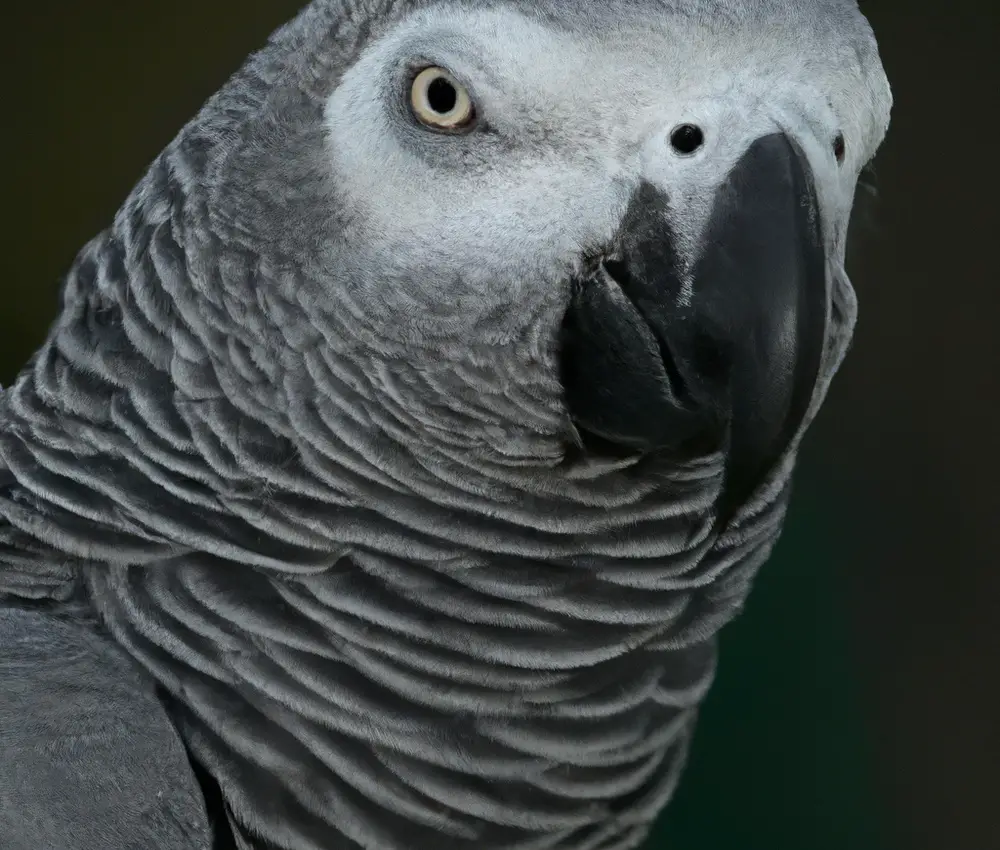
The Benefits of Teaching African Grey Parrots Tricks
Teaching tricks to African Grey Parrots offers several benefits. It provides mental stimulation and prevents boredom, which can lead to behavioral issues.
Tricks also enhance their problem-solving skills and cognitive abilities.
Training strengthens the bond between you and your parrot and promotes positive social interaction. It can also be a fun and entertaining activity for both of you.
Getting Started: Creating a Positive Learning Environment
To teach your African Grey Parrot new tricks, it’s important to create a positive learning environment.
This includes building trust, setting up a proper training area, and having essential training tools.
Establishing Trust with Your African Grey Parrot
Establishing trust with your African Grey Parrot is vital for successful training.
Spend time building a bond with your parrot, through gentle interactions and positive reinforcement.
Avoid any forceful or aggressive actions to ensure they feel safe and comfortable.
Patience and consistency are key in earning your parrot’s trust.
Setting up a Proper Training Area
To set up a proper training area for your African Grey Parrot, designate a specific space where you can work together.
Ensure it is well-lit and free from distractions.
Use a sturdy perch or training stand for your parrot to sit on.
Have all necessary training tools, such as treats, clicker, and toys, within reach.
Keep the area clean and organized for a focused and positive training experience.
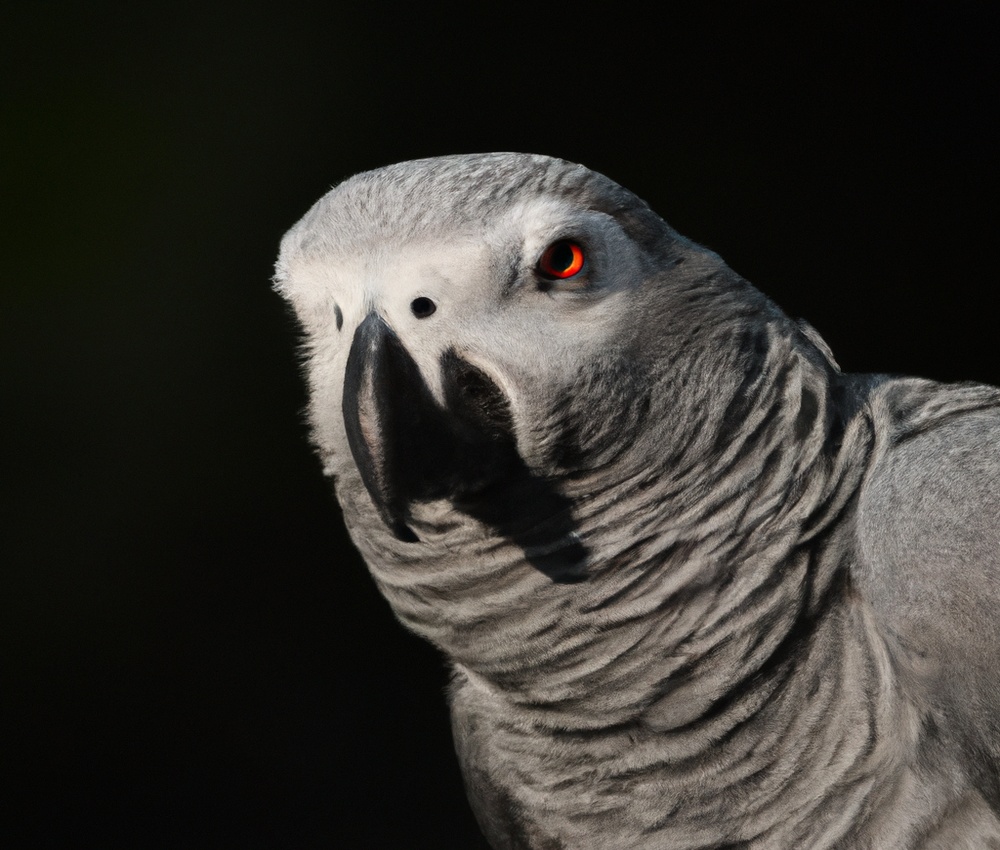
Essential Training Tools for Teaching Tricks
Essential training tools for teaching tricks to African Grey Parrots include:
- Clicker: A clicker is a small device that makes a distinct clicking sound. It helps to mark the desired behavior and signal to your parrot that a reward is coming.
- Treats: High-value treats like nuts, fruits, or seeds are used as rewards for good behavior. Make sure to use small, easily consumable treats that your parrot loves.
- Target Stick: A target stick is a handheld tool with a small target at the end. It is used to guide your parrot and shape behaviors by having them touch the target with their beak or feet.
- Perches and Play Stands: Providing a variety of perches and play stands allows your parrot to exercise, explore, and learn in a stimulating environment.
- Training Props and Toys: Props and toys like puzzle toys, interactive toys, and simple objects such as rings or balls can be incorporated into training sessions to add variety and mental stimulation.
Remember, these tools are just aids in training.
The most important tool is your patience, consistency, and positive reinforcement.
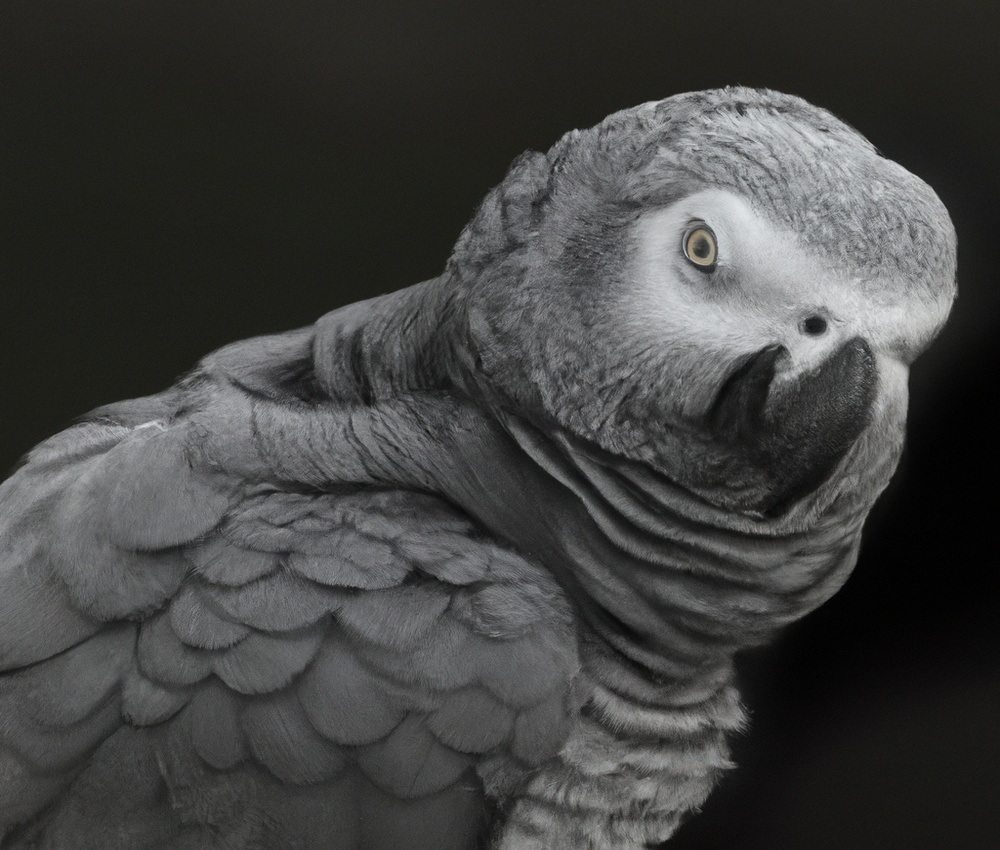
Basic Training Techniques for African Grey Parrots
When training your African Grey Parrot, focus on positive reinforcement and reward-based training techniques.
Positive Reinforcement for Reward-Based Training
Positive reinforcement is a key aspect of reward-based training for African Grey Parrots. Whenever your parrot exhibits the desired behavior, you should immediately reward it with praise, treats, or a favorite toy.
This positive experience enhances their learning and motivates them to repeat the behavior in the future.
Consistency and timely rewards are important for effective training.
Clicker Training for African Grey Parrots
Clicker training is a popular and effective training method for African Grey Parrots.
It involves using a clicker to mark desired behaviors, followed by a reward.
This helps your parrot associate the click with positive reinforcement and encourages them to repeat the behavior.
Clicker training can be used to teach a wide range of tricks and behaviors, and it is based on positive reinforcement and clear communication between you and your parrot.
The key is to be consistent, patient, and rewarding.
Shaping Behaviors through Step-by-Step Training
Shaping behaviors through step-by-step training is an effective technique for teaching your African Grey Parrot new tricks.
Start by breaking down the desired behavior into small, achievable steps.
Reward your parrot with treats or praise for successfully completing each step.
Gradually increase the difficulty as your parrot becomes more comfortable.
Remember to be patient and consistent throughout the training process.
Teaching Specific Tricks to Your African Grey Parrot
Ready to teach your African Grey Parrot some awesome tricks? Let’s dive in!
Building a Foundation with Basic Commands
Building a foundation with basic commands is essential when teaching tricks to your African Grey Parrot.
Start by establishing trust and creating a positive learning environment.
Set up a proper training area with essential tools, like a clicker and treats.
Use positive reinforcement and shape behaviors through step-by-step training.
Practice basic commands like “step up” and “stay” before moving on to more complex tricks.
The foundation of basic commands will help your parrot understand and follow instructions as you progress in training.
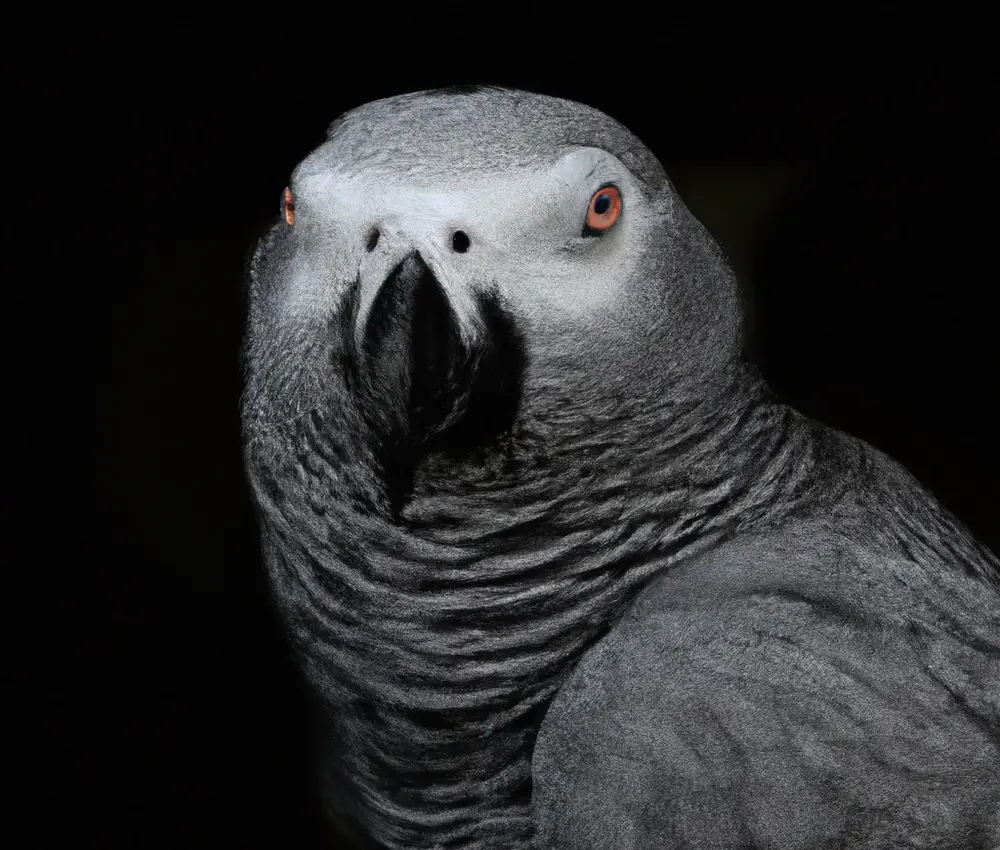
Teaching Your Parrot to Speak or Mimic Words
Teaching your parrot to speak or mimic words can be a fun and rewarding experience.
Here are a few tips to help you get started:
- Start with simple words: Begin by teaching your parrot short and easy words or phrases. Choose words that you use frequently in your interactions with your parrot, such as their name or common greetings.
- Repeat and reinforce: Consistency is key. Repeat the chosen words or phrases regularly and reinforce them positively when your parrot tries to mimic or speak them. Use treats, praise, or a clicker to reward their efforts.
- Be patient: Teaching your parrot to speak or mimic words takes time and patience. Some parrots may pick it up quickly while others may take longer. Stay consistent with your training and celebrate every small achievement.
- Use cues and context: Parrots learn through association, so use visual cues or context to help them understand the meaning behind the words. For example, you can say “hello” every time you enter the room, so your parrot learns to associate the word with your arrival.
- Provide a stimulating environment: Parrots are more likely to mimic words or sounds when they are mentally stimulated. Offer them plenty of toys, puzzles, and interactive activities to keep their minds engaged and curious.
- Avoid negative reinforcement: Never scold or punish your parrot if they don’t mimic or speak words immediately. This can discourage them from trying again. Instead, focus on positive reinforcement and create a safe and encouraging learning environment.
Remember, not all parrots may have the ability or inclination to speak or mimic words.
Each parrot is unique, so don’t get discouraged if your parrot doesn’t become a fluent talker.
Training Your African Grey Parrot to Wave or High-Five
To train your African Grey Parrot to wave or high-five, start by establishing trust and creating a positive learning environment.
Use treats as positive reinforcement and consider using clicker training.
Break down the behavior into smaller steps, rewarding your parrot for each progression.
Practice regularly and be patient.
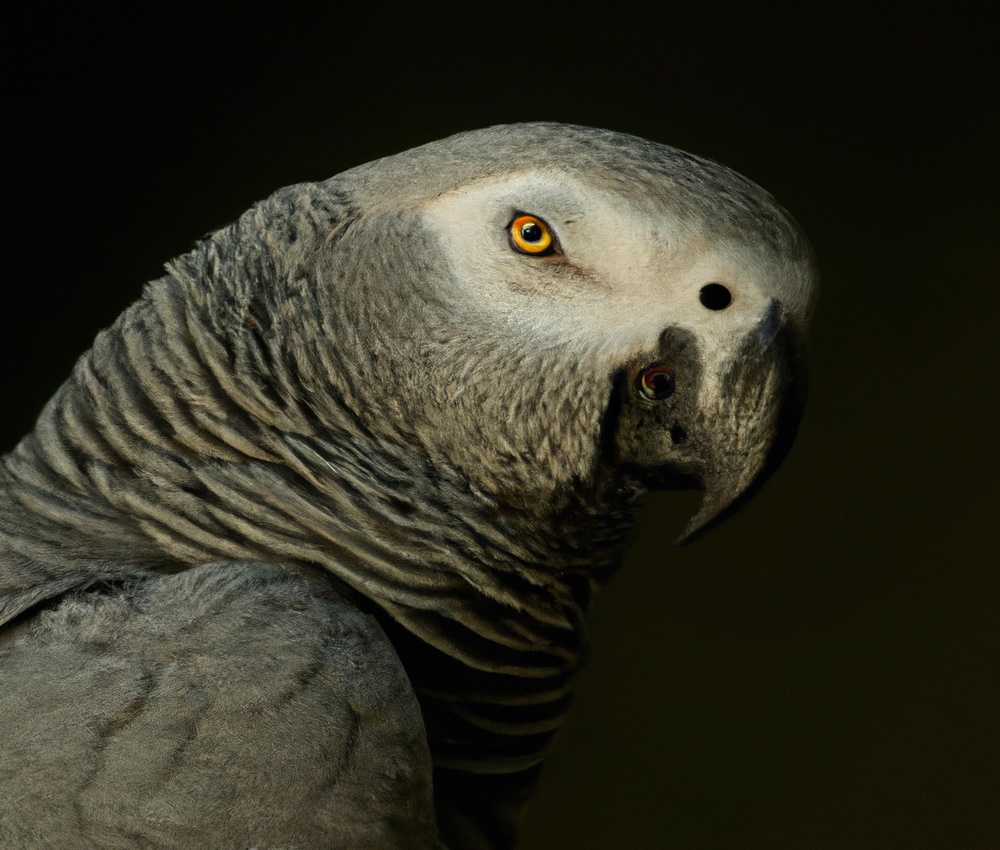
Teaching Your Parrot to Retrieve Objects
Teaching your parrot to retrieve objects can be a fun and engaging trick for both you and your feathered friend.
Here’s how you can do it:
- Start with a familiar object: Begin by choosing a small, lightweight object that your parrot is familiar with. This could be a small toy or even a treat.
- Use positive reinforcement: Hold the object in front of your parrot and encourage them to take it in their beak. When they do, reward them with praise and a treat. Repeat this several times until they are comfortable picking up the object.
- Introduce the “fetch” command: Once your parrot is comfortable picking up the object, introduce a command like “fetch” or “bring it.” Say the command while presenting the object and encourage your parrot to bring it back to you.
- Gradually increase the distance: Start by having your parrot retrieve the object from a short distance, just a few steps away. Gradually increase the distance as they become more comfortable with the task.
- Practice regularly: Consistency is key when teaching any trick. Set aside regular training sessions to practice retrieving objects with your parrot. Keep the sessions short and fun to maintain their interest and motivation.
Remember, every parrot learns at their own pace, so be patient and make the training sessions a positive and rewarding experience.
With time and practice, your parrot will become a pro at retrieving objects!
Training Your Parrot to Solve Simple Puzzles
Training your African Grey Parrot to solve simple puzzles can be a fun and engaging way to challenge their intelligence.
Start by introducing your parrot to puzzles that are suitable for their skill level.
Use positive reinforcement and rewards to motivate them.
Break down the puzzle into smaller steps and gradually increase the difficulty.
With consistency and patience, your parrot will develop problem-solving skills and enjoy solving puzzles.
Advanced Training Techniques for African Grey Parrots
Ready to take your African Grey Parrot’s training to the next level? Let’s explore advanced techniques for teaching new tricks and behaviors.
Teaching Complex Behaviors with Target Training
Teaching complex behaviors with target training involves breaking down the desired behavior into smaller steps and using a target object to guide your African Grey Parrot. Start by teaching them to touch the target, then gradually shape the behavior until they complete the entire complex behavior.
Use positive reinforcement and consistency to reinforce their progress.
Trick Sequencing and Routines for Entertainment
Trick sequencing and routines are a fun way to entertain your African Grey Parrot while also challenging their intelligence.
Start by teaching individual tricks and then gradually combine them into longer sequences.
Create a routine that incorporates these sequences, allowing your parrot to showcase its skills in an engaging and entertaining manner.
Remember, consistency and positive reinforcement are key to successful trick sequencing and routines!
Troubleshooting and Overcoming Challenges
Dealing with Behavioral Issues during Training
Dealing with behavioral issues during training with your African Grey Parrot can be challenging, but with patience and consistency, you can overcome them. Some common issues include:
- Biting: If your parrot bites during training, it’s important not to react negatively. Instead, calmly remove your hand and ignore the behavior. Consistently reinforcing positive behaviors will help them understand what is acceptable.
- Distraction: African Grey Parrots are easily distracted, so finding a quiet and calm training area can help minimize distractions. You can also use treats or toys as rewards to keep their attention focused on the training session.
- Fear or anxiety: If your parrot seems afraid or anxious during training, start by taking small steps and gradually increasing the difficulty level. Creating a safe and comfortable environment will help build their confidence.
- Lack of motivation: If your parrot is not responding to training cues, try using their favorite treats as rewards or finding a new toy that they find particularly engaging. Each parrot has different motivators, so it’s important to find what works best for your bird.
Overcoming Plateaus and Lack of Progress
If you find yourself stuck in a plateau or not making progress with teaching tricks to your African Grey Parrot, don’t worry, it’s common. Here are a few tips to help you overcome this challenge:
- Stay patient and consistent: Teaching new tricks takes time and effort. It’s important to remain patient and consistent with your training sessions.
- Break it down: If your parrot is struggling with a specific trick, try breaking it down into smaller steps. This will make it easier for your parrot to understand and learn.
- Mix it up: Variety is key to keep your parrot engaged and motivated. Try introducing new challenges, toys, or treats during training sessions to keep things interesting.
- Adjust your expectations: Not all parrots learn at the same pace. It’s important to set realistic expectations and celebrate small victories along the way.
- Seek professional help: If you’re still facing difficulties, it may be beneficial to consult with a professional bird trainer or behaviorist. They can provide tailored guidance and support to overcome training plateaus.
Remember, every parrot is unique, and progress can vary. Don’t get discouraged and keep trying.
With time and perseverance, you and your African Grey Parrot can overcome any training challenges.
Frequently Asked Questions
How long does it take to teach an African Grey Parrot a new trick?
Teaching an African Grey Parrot a new trick can vary in time depending on the individual bird.
On average, it may take several weeks or months of consistent training sessions to successfully teach a new trick to your parrot.
Patience, consistency, and positive reinforcement are key factors in the learning process.
Can I teach my African Grey Parrot tricks if it’s already an adult?
Yes, you can definitely teach your African Grey Parrot tricks even if it’s already an adult. African Grey Parrots are known for their intelligence and ability to learn, regardless of their age.
With patience, perseverance, and positive reinforcement, you can teach your parrot a variety of tricks and commands.
Just remember to create a positive learning environment and use reward-based training techniques.
How often should I train my African Grey Parrot to learn new tricks?
Training your African Grey Parrot to learn new tricks requires consistency and repetition.
Aim to train your parrot for short, focused sessions of about 10-15 minutes each day.
It’s important to keep the training sessions fun and engaging to maintain your parrot’s interest and motivation.
Regular practice will help reinforce the learned behaviors and make progress in teaching new tricks.
Remember to be patient and give your parrot time to understand and grasp each trick before moving on to more advanced ones.
What should I do if my African Grey Parrot refuses to participate in training sessions?
If your African Grey Parrot refuses to participate in training sessions, it’s important to be patient and understanding. Start by evaluating the training environment to ensure it’s comfortable and free from distractions.
Use positive reinforcement, such as treats or praise, to encourage your parrot’s participation.
Break down the training into smaller, easier steps and gradually increase the difficulty. If your parrot still resists, take a break and try again later.
Remember, every parrot is unique, so be flexible and adjust your training approach as needed.
Final Verdict
Teaching your African Grey Parrot new tricks is not only a fun and entertaining activity, but it also provides essential mental stimulation for these highly intelligent birds.
By creating a positive learning environment, using positive reinforcement techniques, and building a foundation of trust, you can successfully train your parrot to perform a variety of tricks.
From basic commands to advanced behaviors, the key is consistency, patience, and understanding.
And remember, if you encounter any challenges, don’t hesitate to seek professional help or support.
So get started today and watch your African Grey Parrot soar to new heights of intelligence and creativity.

